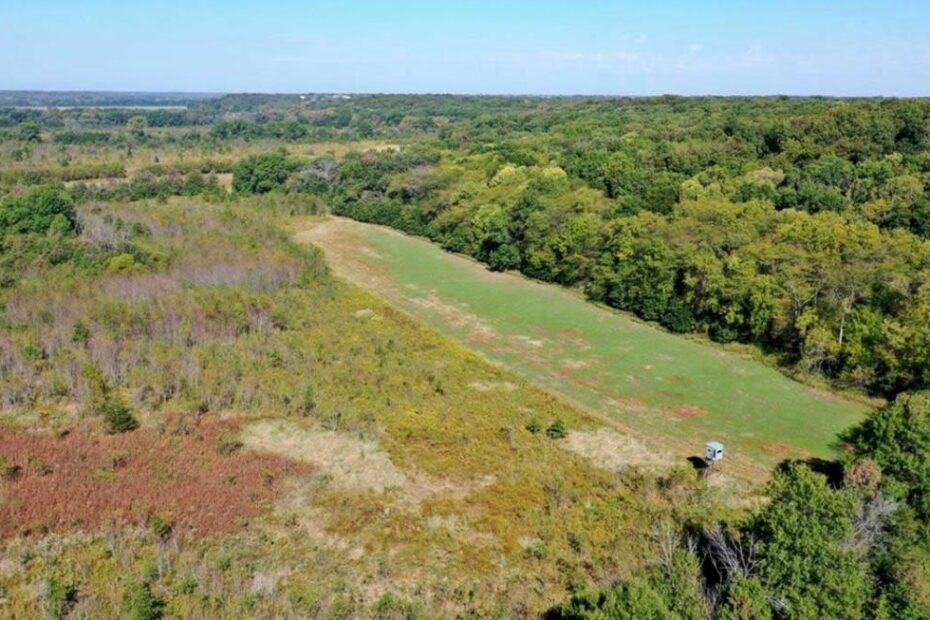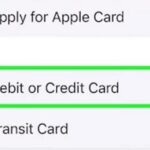Are you looking for Is WRP Land A Good Investment? This is a question that many prospective landowners find themselves asking. Wetlands Reserve Program (WRP) land is a unique type of property that falls under a government conservation program.
While it offers some unique benefits, especially for those interested in wildlife and conservation, it’s not a traditional investment avenue. In this article, we’ll delve into the various aspects that make WRP land both an intriguing and complex investment option.
Key Takeaways
- WRP land offers unique opportunities for wildlife conservation.
- It’s not a traditional investment avenue and has limitations.
- Government incentives can offset initial costs.
- Long-term commitment is required; it’s not a quick flip.
- Ideal for those interested in hunting and conservation.
Is WRP Land A Good Investment?
It depends on your investment goals. If you’re looking for a traditional return on investment (ROI) like you would expect from residential or commercial real estate, then WRP land might not be for you. However, if you’re interested in long-term wildlife conservation and enjoy hunting or other outdoor activities, it could be a worthwhile investment.
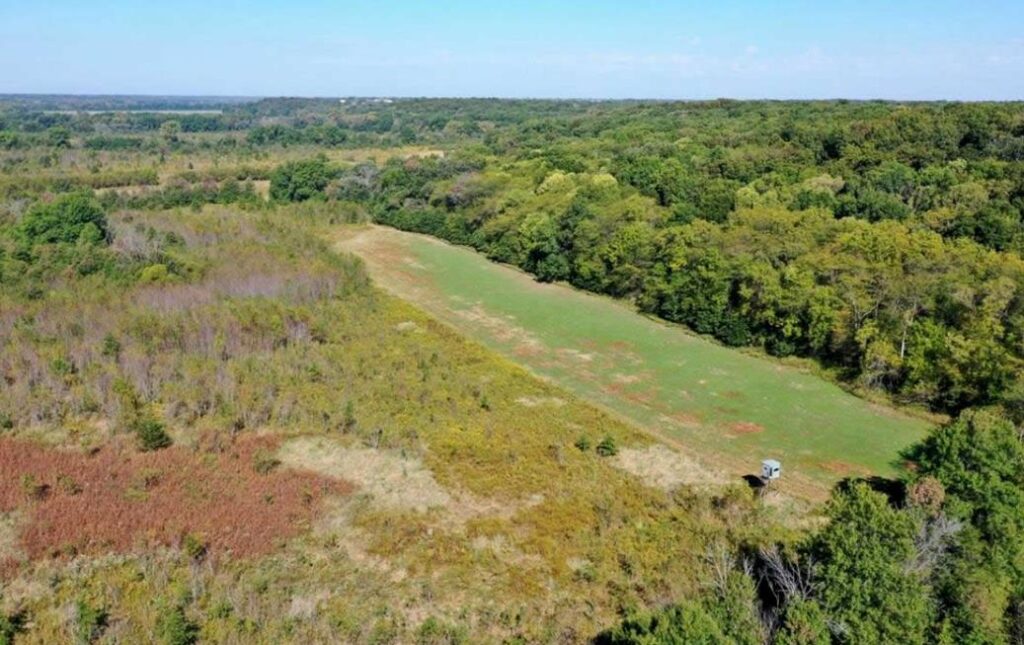
Pros And Cons Of WRP Landowners
The Wetlands Reserve Program (WRP) offers landowners an opportunity to protect and restore wetlands on their property. However, like any investment, owning WRP land comes with its own set of pros and cons. Below is a detailed analysis of the advantages and disadvantages of being a WRP landowner.

Pros
Government Payments
One of the benefits of owning WRP land is the possibility of receiving government payments for restoring the land. These payments can range from $100-150 per acre, which can be a significant financial incentive.
Wildlife Enhancement
WRP lands are often rich in wildlife, making them excellent for hunting and other recreational activities. The program allows for wildlife management, including the planting of food plots, to enhance the habitat.
Lower Land Cost
WRP lands are generally cheaper than typical farmland. This is because the value of the land reflects the government payment received for enrolling it in the program.
Cons
Perpetual Easement
WRP lands come with a perpetual easement, meaning the land is in the program forever. This can limit the owner’s ability to make significant changes to the property.
Limited Management
While you can manage the land for wildlife, there are restrictions on what can be done. For example, you cannot harvest timber or farm the land. This can make the land less valuable in the long run.
No Re-enrollment
Once the original owner has enrolled the land in WRP and received the payment, there is no option for re-enrollment. This means that subsequent owners will not receive any government payments.
Financial Aspects
WRP land is generally cheaper than typical farmland. However, the cost savings may be offset by the limited use cases for the land. Government incentives can help offset these costs, but they often come with strings attached.
Government Incentives
- Initial Payments: Some programs offer initial payments to offset the cost of the land.
- Ongoing Payments: In some cases, you may be eligible for ongoing payments for land maintenance.
Legal Considerations
Before investing, it’s crucial to understand the legal aspects, including the terms of the easement, which can affect how you can use the land.
Easement Terms
- Perpetual Easement: This means the land is under conservation forever.
- Temporary Easement: Some programs offer temporary easements, which give you more flexibility.
Long-term Commitment
WRP land is not a quick flip. It requires a long-term commitment to both the land and the conservation efforts.
Time Investment
- Initial Setup: Setting up the land for conservation can be time-consuming.
- Ongoing Management: Regular maintenance is required to meet conservation goals.
Ideal Investor Profile
WRP land is ideal for those who have a keen interest in wildlife conservation and outdoor activities like hunting.
Who Should Invest?
- Conservation Enthusiasts: Those who are passionate about wildlife conservation.
- Outdoor Lovers: People who enjoy outdoor activities like hunting.
Digging Deeper into WRP Land Investment
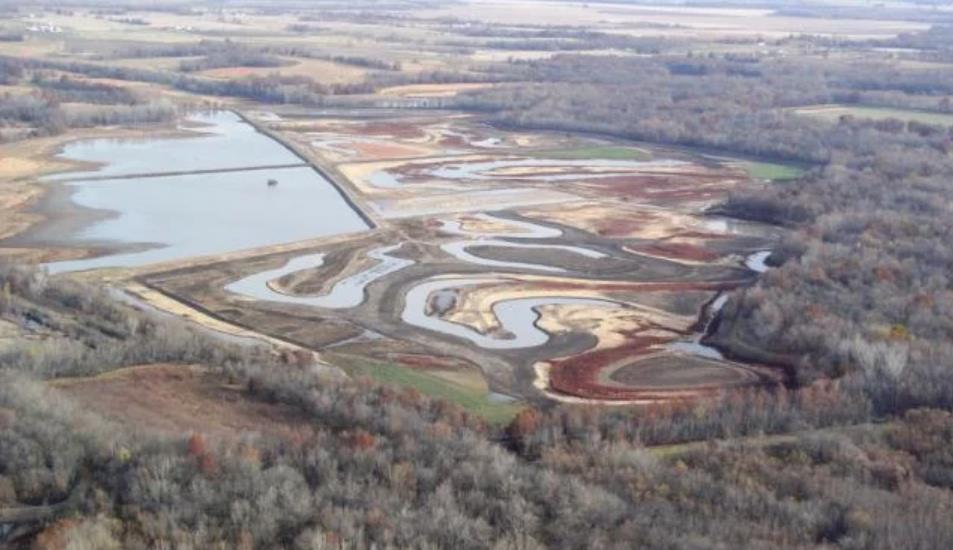
Tax Implications
One aspect that potential investors should consider is the tax implications of owning WRP land. While the initial purchase might be more affordable than other types of land, the tax benefits or liabilities can be quite different.
Tax Benefits
- Conservation Easement Deductions: You may be eligible for tax deductions based on the value of the conservation easement.
- Land Use Tax Credits: Some states offer tax credits for lands that are used for conservation.
Tax Liabilities
- Capital Gains Tax: If you sell the land, you may be subject to capital gains tax, depending on how long you’ve owned it.
- Property Taxes: While generally lower than other types of land, you’re still responsible for property taxes.
Ecological Impact
WRP land isn’t just a financial investment; it’s also an investment in our planet’s future. The ecological benefits of such lands can be immense but require active management.
Biodiversity
- Habitat Restoration: WRP lands often contribute to restoring natural habitats for various species.
- Water Quality: These lands can also play a role in improving local water quality.
Climate Change Mitigation
- Carbon Sequestration: Wetlands are excellent at capturing carbon dioxide, thus helping to combat climate change.
- Flood Control: Wetlands act as natural buffers during floods, protecting nearby communities.
Market Trends
Understanding the market trends can provide insights into the future value of WRP land.
Demand and Supply
- Increasing Awareness: As people become more eco-conscious, the demand for conservation lands is likely to increase.
- Limited Supply: There’s a finite amount of land available for conservation, which could drive up prices in the long term.
Investment Risks
- Policy Changes: Government policies can change, affecting the value and benefits of owning WRP land.
- Economic Factors: Like any investment, economic downturns can affect land values.
Alternative Investment Options
If WRP land doesn’t align with your investment goals, there are alternative options you might consider.
Timberland
- Financial Returns: Timberland offers both conservation benefits and potential for financial returns through timber harvesting.
Farmland
- Dual Purpose: Some farmlands offer the possibility of both agricultural production and conservation efforts.
What Is The Difference Between CRP And WRP?
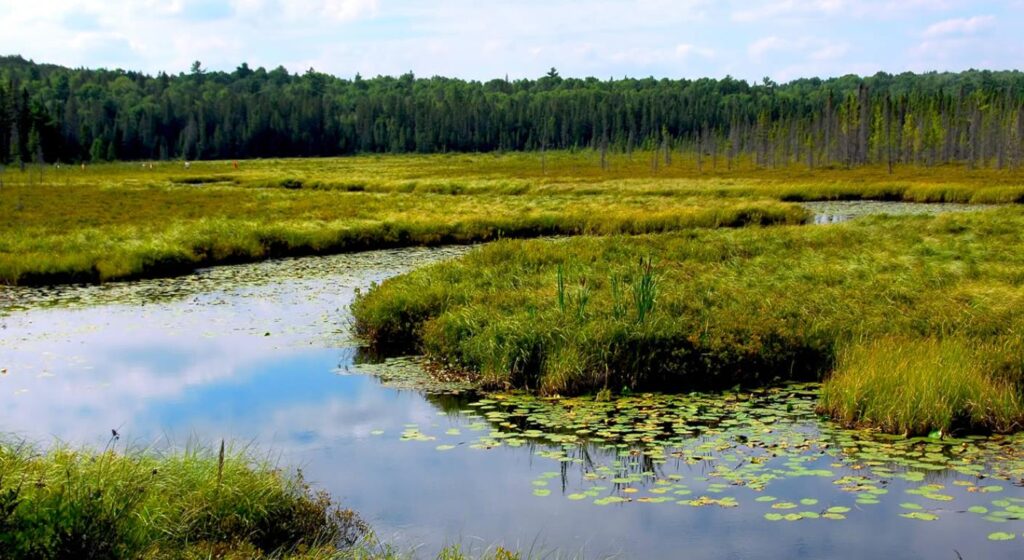
Conservation Reserve Program (CRP)
The Conservation Reserve Program (CRP) is a program administered by the United States Department of Agriculture (USDA) and the Farm Service Agency (FSA). The primary aim of CRP is to remove highly erodible cropland from production, thereby improving habitat for declining wildlife species, conserving and improving soil, and protecting water quality.
CRP is designed to establish long-term conservation covers and local ecosystem improvements on American farmland. Landowners enrolled in CRP receive an annual rental rate for usually 15 years, after which they are eligible for a renewal extension.
Wetlands Reserve Program (WRP)
On the other hand, the Wetlands Reserve Program (WRP) is offered through the Natural Resource Conservation Service (NRCS). WRP is a voluntary, incentive-based conservation program that provides technical and financial assistance to eligible landowners to promote the conservation of American wetlands.
Unlike CRP, WRP pays a one-time, per-acre, upfront amount to the landowner to convert the property into WRP. WRP was established by the 1990 Farm Bill and aims to protect, restore, and enhance wetlands on private property.
Key Differences
- Payment Structure: WRP pays a one-time, upfront amount per acre, while CRP pays an annual rental rate.
- Duration: WRP is a life-of-the-land enrollment system, while CRP usually lasts for 15 years with the possibility of renewal.
- Administrative Body: WRP is administered by NRCS, whereas CRP is administered by USDA and FSA.
- Focus: WRP focuses on wetlands, while CRP targets highly erodible cropland.
Do Wetlands Hold Any Actual Value?
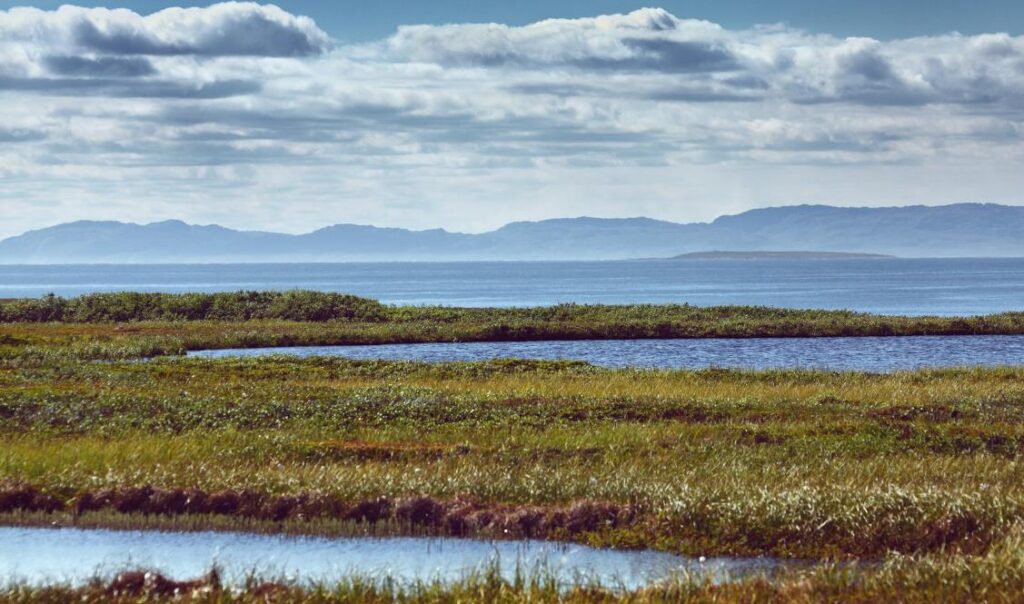
Environmental Importance
Wetlands are incredibly valuable from an environmental standpoint. They play a crucial role in flood control, water purification, shoreline stability, and carbon sequestration. They are also among the most biologically diverse ecosystems, providing habitat for a wide variety of plants and animals.
Investment Perspective
From an investment perspective, wetlands can be valuable but come with limitations. You cannot build on wetlands, which may make the property difficult to resell if there’s no room for construction. However, properties with wetlands can offer privacy, diverse wildlife, and stunning views.
Risks and Regulations
Investing in wetlands is not without risks. There are strict regulations on what you can and cannot do with the land. Failure to comply can result in hefty fines and legal complications. Before purchasing, it’s crucial to consult with local agencies like the State EPA, the Corps of Engineers, and the Department of Natural Resources to understand the regulations.
Conclusion
So, is WRP Land a good investment? If you’re looking for traditional financial returns, probably not. However, if you have a passion for conservation and outdoor activities, it can be a fulfilling and unique investment opportunity. Always consult with legal and financial advisors before making such a specialized investment.
Frequently Asked Questions
How Does WRP Land Differ from Traditional Real Estate Investments?
WRP land is not a traditional real estate investment. It is primarily aimed at conservation and has restrictions on its use. Unlike residential or commercial properties, you can’t develop WRP land for various purposes. The focus is on preserving the natural habitat, which limits its use for activities like farming or construction.
Are There Financial Incentives for Investing in WRP Land?
Yes, the government often provides financial incentives to landowners who participate in the WRP. These incentives can include initial payments to offset the cost of the land and ongoing payments for maintenance. However, these payments come with conditions that you must meet, such as maintaining the land according to specific conservation guidelines.
What Are the Tax Implications of Owning WRP Land?
Owning WRP land can offer some tax benefits, such as deductions for the value of conservation easements. However, you may also be subject to capital gains tax if you sell the land, depending on how long you’ve owned it. Always consult a tax advisor for personalized advice.
Can I Use WRP Land for Recreational Activities?
Yes, WRP land is often used for recreational activities like hunting, fishing, and bird-watching. However, these activities must align with the conservation goals of the land. For example, you may need to follow specific hunting seasons or restrictions to protect the wildlife habitat.
A multifaceted professional, Muhammad Daim seamlessly blends his expertise as an accountant at a local agency with his prowess in digital marketing. With a keen eye for financial details and a modern approach to online strategies, Daim offers invaluable financial advice rooted in years of experience. His unique combination of skills positions him at the intersection of traditional finance and the evolving digital landscape, making him a sought-after expert in both domains. Whether it’s navigating the intricacies of financial statements or crafting impactful digital marketing campaigns, Daim’s holistic approach ensures that his clients receive comprehensive solutions tailored to their needs.
